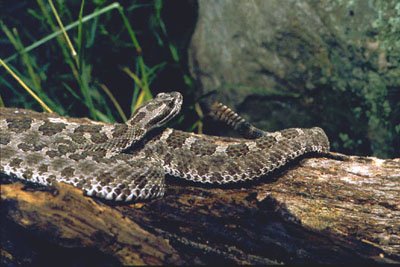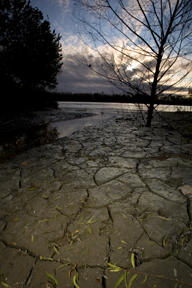 Things have been dry in the Midwest this year. So far the biggest impact seems to be fish kills in bodies of water that are drying out. However, according to an Associated Press article that ran in the Indiana Post-Tribune, the impact may not be felt for years:
Things have been dry in the Midwest this year. So far the biggest impact seems to be fish kills in bodies of water that are drying out. However, according to an Associated Press article that ran in the Indiana Post-Tribune, the impact may not be felt for years:
Rusty Gonser, professor of ecology and biology at Indiana State University, said the drought’s impact could extend well into the future where fish and wildlife are concerned.
“There are short-term and long-term effects with a drought like this,” he said.
“You might not see the effect on the population for two to five years,” he said, noting that shifts in reproductive cycles occur at all levels of the ecosystem. “And in three years, it might be raining a lot and people won’t realize a drought caused the issues seen then.” (Read the whole article, here.)
In fact, just last year the Midwest saw high rainfalls and flooding, so it may be difficult to sort out the impacts on area wildlife in the years to come.
Another take on the drought comes from a columnist for the Aurora (IL) Beacon-News. Her take-away? It’s the survival of the fittest. (Read it, here.)
The drought also means a quieter Fourth of July. Fireworks have been banned in some locations, for fear of starting wildfires. (Missouri Department of Conservation press release, here.)
Meanwhile, the US Drought Monitor shows that, while the Midwest drought is still relatively new (and parts of the Midwest are merely suffering from an “abnormally dry” spell) long-term drought continues in the South and West.
Photo by Steve Hillebrand, courtesy US Fish and Wildlife Service

 River otters have made a remarkable comeback in the last few decades, particularly in Illinois,
River otters have made a remarkable comeback in the last few decades, particularly in Illinois, 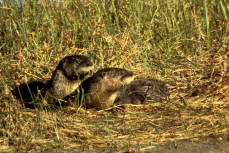 Illinois Department of Natural Resources furbearer biologist Bob Bluet told the
Illinois Department of Natural Resources furbearer biologist Bob Bluet told the 
 River otters now occupy more than 80 percent of Indiana counties, says Scott Johnson, nongame biologist with the
River otters now occupy more than 80 percent of Indiana counties, says Scott Johnson, nongame biologist with the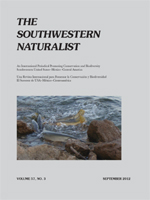
 Things have been dry in the Midwest this year. So far the biggest impact seems to be fish kills in bodies of water that are drying out. However, according to an Associated Press article that ran in the
Things have been dry in the Midwest this year. So far the biggest impact seems to be fish kills in bodies of water that are drying out. However, according to an Associated Press article that ran in the 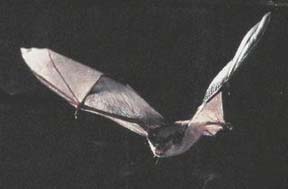 Four years ago a science journal article was published saying that most of the bats found dead at an Alberta wind farm had no signs of external injuries, but their lungs were damaged. The verdict: barotrauma, damage caused by a sharp change in pressure. In humans the most common example is when you rupture an ear drum while on an airplane.
Four years ago a science journal article was published saying that most of the bats found dead at an Alberta wind farm had no signs of external injuries, but their lungs were damaged. The verdict: barotrauma, damage caused by a sharp change in pressure. In humans the most common example is when you rupture an ear drum while on an airplane.